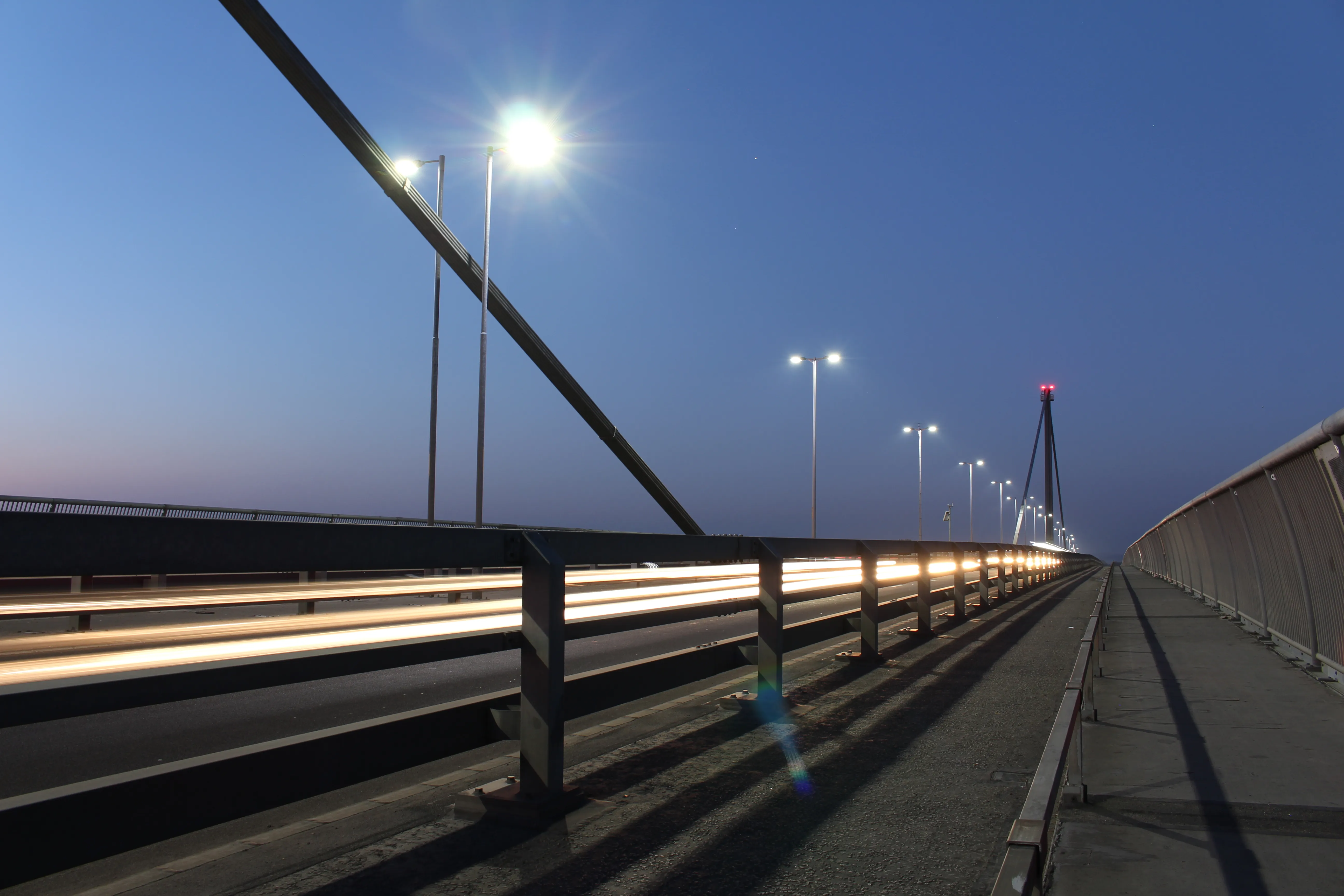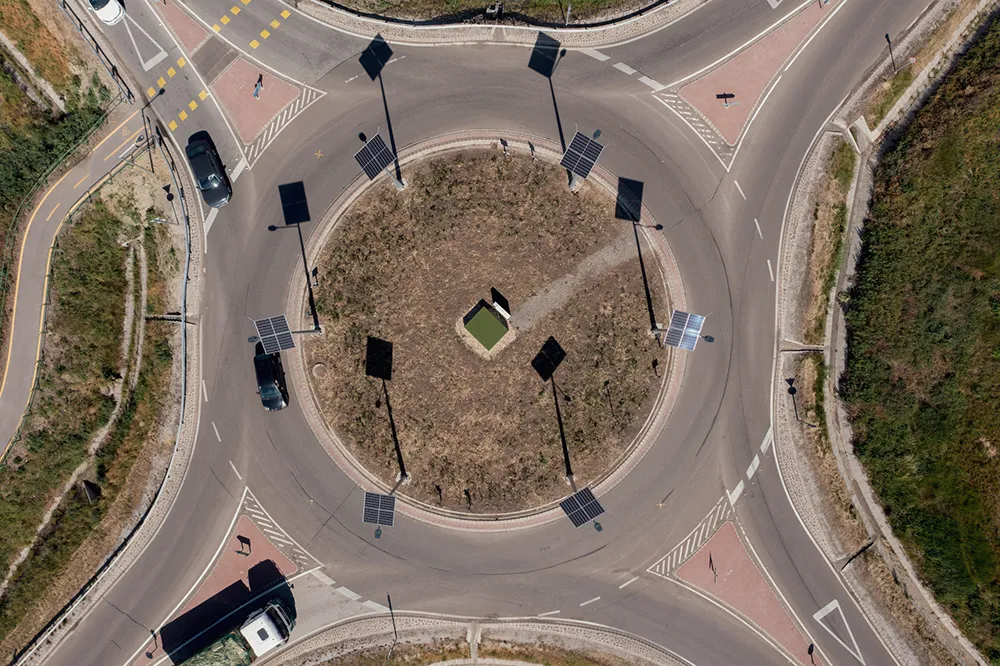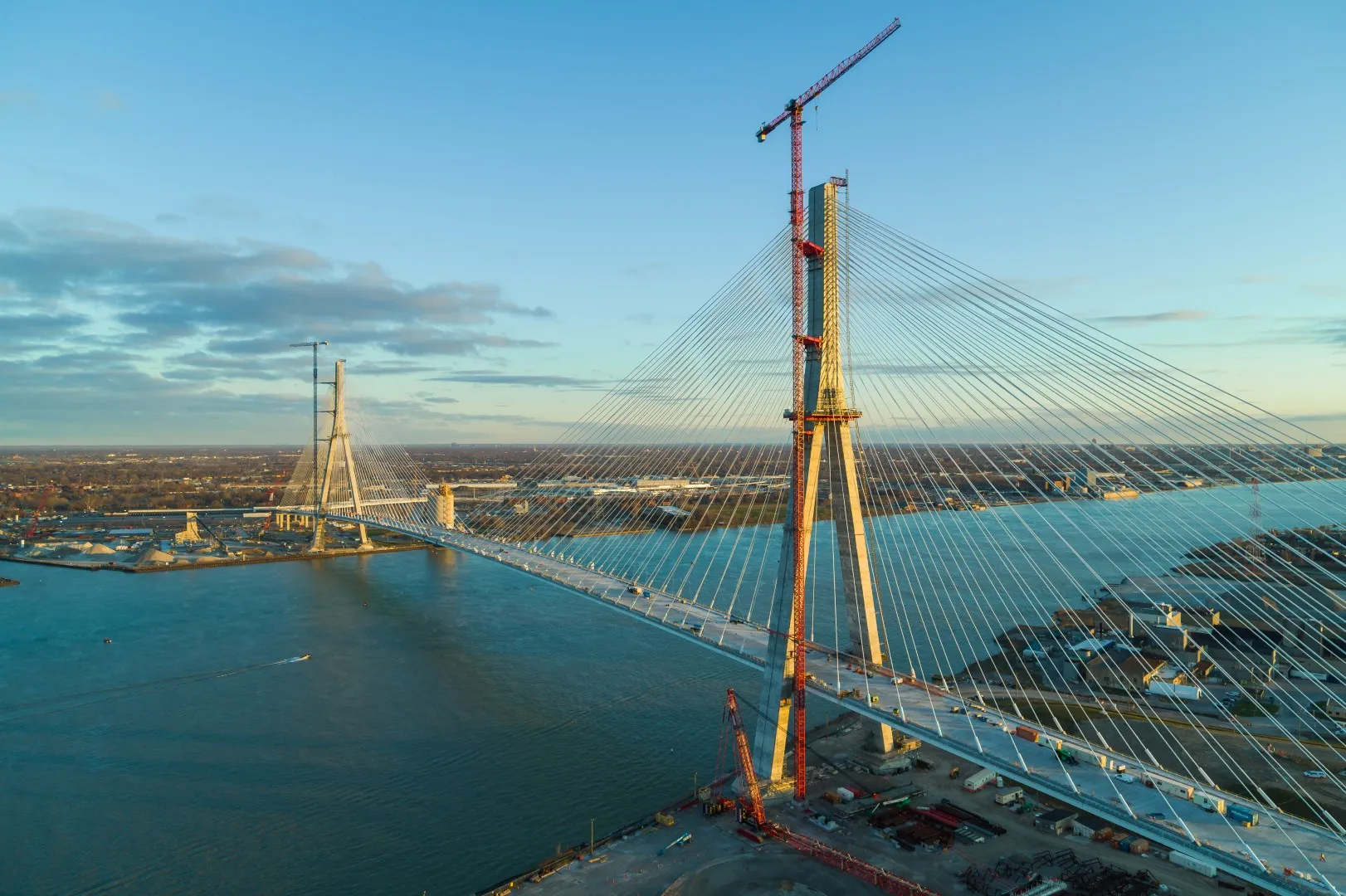
Mallatite has supplied aluminium lighting columns and LED road lanterns as part of the Erskine Bridge Lighting and Electrical Refurbishment Project for Transport Scotland
The project is set to enhance night-time driving visibility and reduce energy consumption by up to 80% through the use of dimming. The A898 Erskine Bridge is a 15-span cable-stayed box girder bridge in west central Scotland that opened to traffic in 1971. The longest span is 305m. Around 42,000 vehicles use it daily to cross the River Clyde as well as he parallel Forth and Clyde Canal and the North Clyde railway line. A small part of Kilpatrick railway station is situated underneath the bridge at the north side.
Almost 300 TRT Lighting’s Aspect lanterns were supplied as part of the renovation project by Traffic Scotland to improve visibility, safety and ultimately reduce energy consumption not just across the bridge but also on the northern and southern approach roads.
Each individual luminaire is fitted with an 868MHz node allowing offsite control and monitoring all being fed back to a central control station. Contractor Lightways installed around 100 Mallatite aluminium columns and the TRT Aspect LED road lanterns.
Phase One of the project was to improve lighting levels and reduce energy usage on the North and South approaches to the bridge. Nearly 60 of Mallatite’s 12m aluminium columns complete with Aspect LED road lanterns were supplied for the south approach. Around 130 Aspect LED lanterns were supplied to upgrade the existing high-mast columns on the north approach.
By working at night and using traffic management, Lightways was able to keep one lane open in each direction.
Phase Two involved replacing the majority of the twin-armed columns on the deck of the bridge. All of the existing lanterns were also to be upgraded to LED. To keep on schedule and budget, new columns had to use the existing deck foundations.
Mallatite manufactured bespoke flange-plated columns to fit the existing foundations, enabling Lightways to replace the initial 27 columns in just five nights, said Alan Paterson, managing director of Mallatite.








